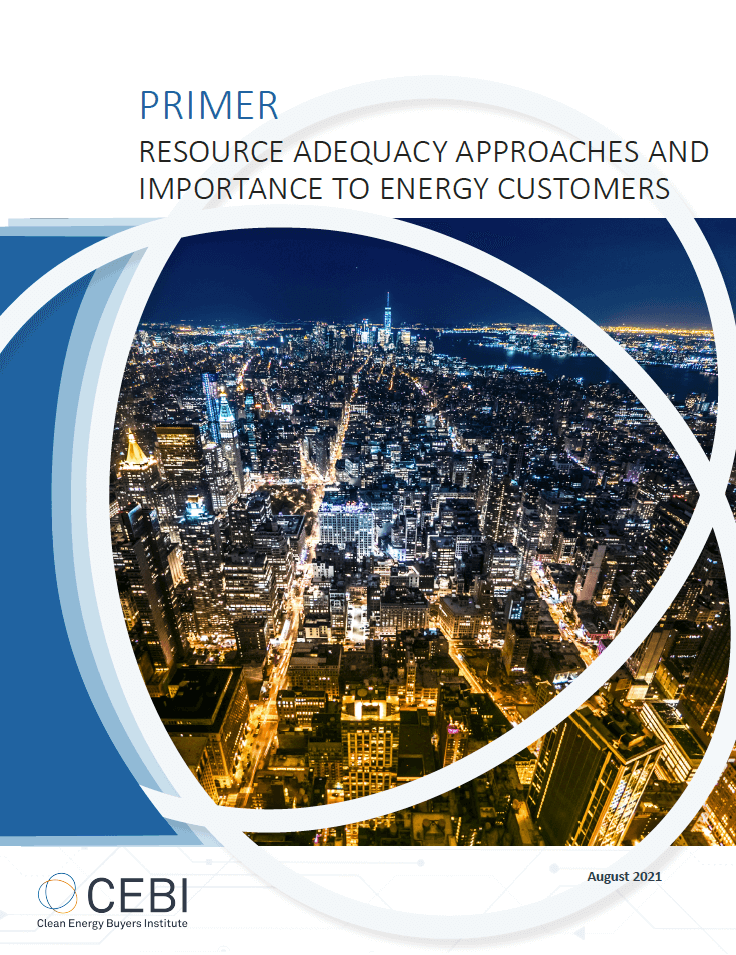Market Design Reform
Organized wholesale electricity market (OWM) design was largely developed over two decades ago and built to accommodate a fossil fuel-based resource mix. With nearly 80% of customer clean energy procurement executed in OWMs, Regional Transmission Organizations/Independent System Operators (RTOs/ISOs) are on the forefront of operating electricity grids with a high penetration of variable renewable energy (e.g., solar and wind). The operation of and services provided by variable renewable energy resources are fundamentally different than those of fossil fuel resources. Furthermore, increased frequency of extreme weather adds additional complications to maintaining a well-balanced grid. To cost-effectively and reliably transform market design to meet the needs and challenges of the 21st century electricity system RTOs/ISOs should incorporate the following best practices:
- Utilization of fast scheduling and dispatch to enable system flexibility
- Implementation of scarcity-based pricing to attract and retain flexible resources, while supporting long-term contracting and hedging so that consumers that plan in advance do not pay these prices, and a circuit-breaker mechanism to avoid excessive impact on consumers
- Establishment of a set of non-discriminatory operations reliability services to ensure reliability
- Enablement and support for bilateral contracting
- Integration of DERs, with emphasis on dispatchable demand, to increase system efficiency
- Forecasting, unit commitment, and multi-settlement systems to better incorporate near- and medium-term uncertainty
- Optimization of energy-limited resources
- Hierarchical control to allow market participants to self-optimize
Citation: Page 60, Designing the 21st Century Electricity System – Clean Energy Buyers Institute (cebi.org)
Resources

Primer: Evolving Resource Adequacy Approaches Across the United States
Climate goals, extreme weather, and changing resource mix are key factors driving the evolution of resource adequacy planning. This primer provides provides insight into how resource adequacy planning works and impacts energy customers’ goals of ensuring electricity reliability, minimizing energy costs, and procuring more clean energy.

Primer: Resource Adequacy Approaches and Importance to Energy Buyers
This primer is the first edition of a series on resource adequacy and aims to educate energy customers on what resource adequacy is and how it impacts electric reliability, clean energy integration, and cost efficiency.
Past Events
An Introduction to Resource Adequacy: What it is and Why it Matters to Energy Customers
November, 2 2022
Learn more about the CEBI Resource Adequacy Primer, why it is important to energy customers, and general approaches to resource adequacy planning. Speakers will also explore the implications resource adequacy planning has on customer costs and the transition to a zero-carbon electric grid.
Resource Library
In support of its mission to solve the toughest market and policy barriers to achieve a carbon-free energy system, the Clean Energy Buyers Institute (CEBI) has created a clearinghouse of resources for organizations interested in the advancement of clean energy.
